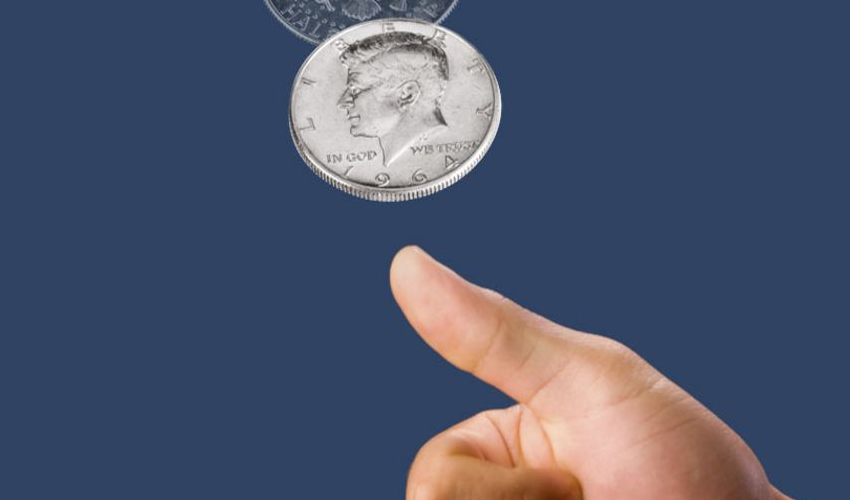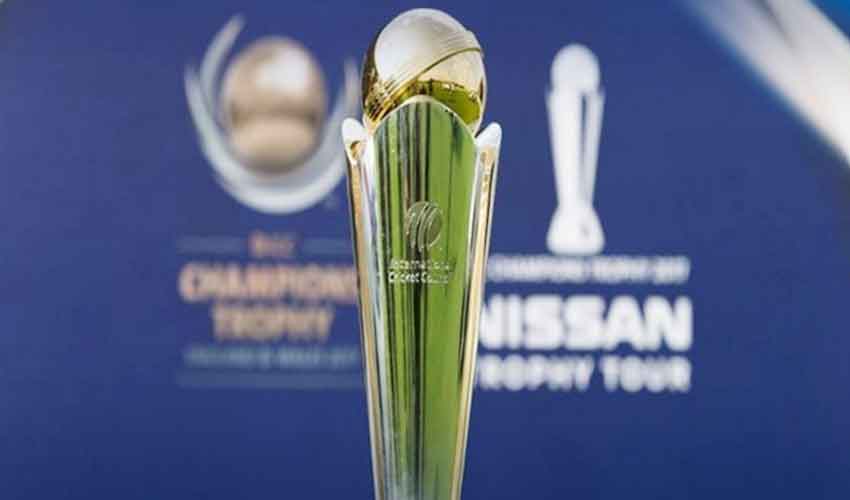In a groundbreaking study, scientists from the University of Amsterdam have unveiled a unique strategy that could tip the odds in favor of cricket captains when it comes to winning the coin toss in the ongoing Cricket World Cup in India.
The research, which delves into the art of winning the toss, challenges the conventional wisdom that it's a matter of pure chance. Over 350,000 coin tosses were meticulously analyzed, and the results have sent shockwaves through the cricketing community.
Side that's 'up' matters
The research suggests that when choosing between "heads" and "tails," captains should consider which side of the coin is facing upward when it is in their palm. According to the study, the side of the coin that is on top is more likely to be the side that lands face up when the coin falls.
The notion that the side facing up during a coin toss holds significance isn't entirely new. A study dating back to 2007 also indicated that the "heads" side is more likely to come up.
However, the University of Amsterdam's research reinforces this notion, showing that 50.8 percent of the time, the side that was on top in the hand was the one visible on the ground.
Deconstructing toss myths
The study also dispels the long-standing myth that winning the toss is synonymous with choosing "heads." The research underscores that the likelihood of "heads" or "tails" appearing largely depends on their initial position in the hand during the toss.
In an era where the margins of victory are razor-thin, this newfound strategy could be the game-changer that cricket captains have been waiting for.
As the Cricket World Cup continues to captivate fans worldwide, the toss itself might just become a part of the game where skill and strategy meet chance. Will captains start factoring in this new insight when making their choice in the crucial coin toss? Only time will tell.



























